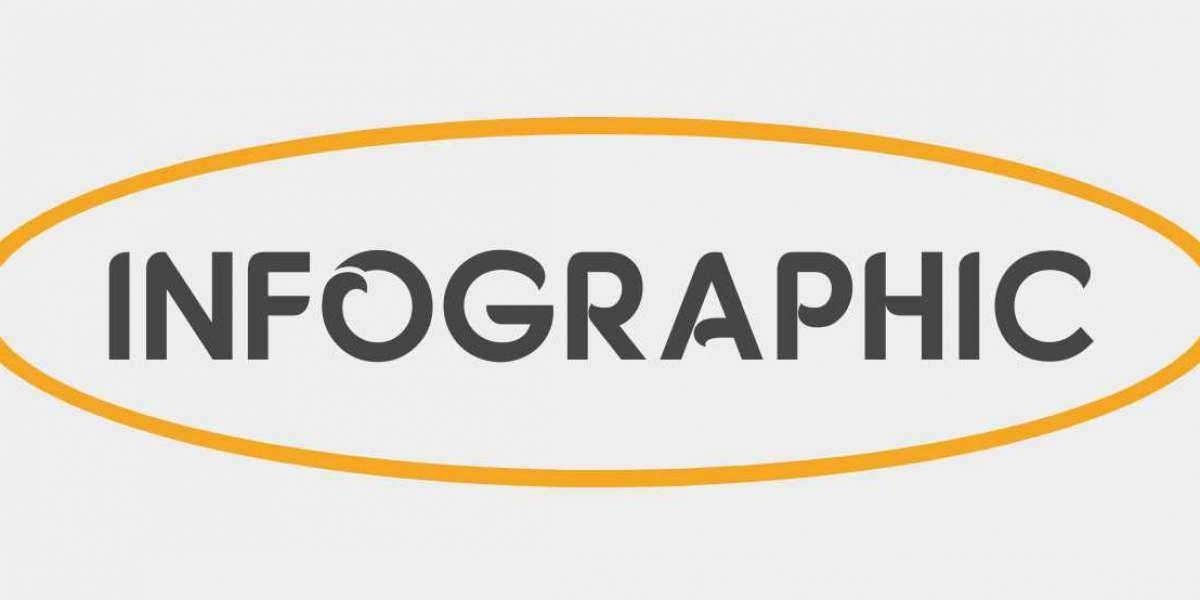Electronic viewfinders (EVFs) have transformed how photographers and videographers compose their shots. At the heart of these systems lies the EVF optical module, which directs display light through advanced optics to deliver a crisp, real-time preview. While EVFs offer clear advantages over optical viewfinders, they also come with distinct drawbacks that professionals must carefully evaluate.
This article highlights the biggest challenges with EVF modules, including resolution limits, latency, and power consumption, along with how the industry is addressing these problems.
How an EVF Optical Module Works
An EVF combines a micro display, optics, and electronic components to present a digital preview inside the camera. The optical module ensures that the small display can be magnified, projected, and viewed comfortably without distortion. It plays a critical role in perceived sharpness, brightness, and color accuracy.
Common Problems in EVF Optical Modules
1. Resolution and Pixelation
Although EVF technology has advanced, users can still experience pixelation, especially in older or lower-end modules. This issue impacts focus accuracy and fine detail recognition.
2. Latency and Motion Lag
EVFs rely on continuous electronic refresh rates. Any delay between sensor capture and display can create lag, making fast-action photography or videography less reliable.
3. Power Consumption
Unlike optical systems, EVF modules constantly consume power, reducing overall battery life. This limitation remains a significant concern for field photographers and filmmakers.
4. Brightness in Outdoor Conditions
In strong daylight, EVFs may struggle with brightness and contrast, despite improvements in OLED and LCD-based displays.
EVF vs. Optical Viewfinder
Compared to traditional viewfinders, EVFs offer real-time exposure previews, focus aids, and overlays, which are major benefits. However, optical systems remain superior in terms of zero lag, no power drain, and natural dynamic range. Thus, the EVF optical module sits at the center of a trade-off between convenience and authenticity.
Industry Innovations and Solutions
Manufacturers are working to reduce these limitations:
Higher-Resolution Micro Displays – 5.7M-dot EVFs are becoming common to reduce pixelation.
Faster Refresh Rates – 120Hz+ modules help cut latency and motion blur.
Efficient Power Management – Cameras now optimize EVF use with auto-off timers.
Advanced Coatings – Improve light transmission, reducing brightness struggles outdoors.
For mid-range and professional devices, the EVF optical module continues to evolve, closing the gap with traditional optical systems.
Conclusion
The EVF optical module delivers undeniable advantages in usability and advanced digital overlays but faces real challenges in resolution, latency, brightness, and energy use. As technology advances, these modules are expected to overcome their limitations, ensuring a smoother and more natural viewing experience.
For now, professionals must weigh the benefits of digital precision against the authenticity of optical systems when choosing the right equipment. With innovation pushing EVFs forward, the future promises more compact, efficient, and reliable modules.







